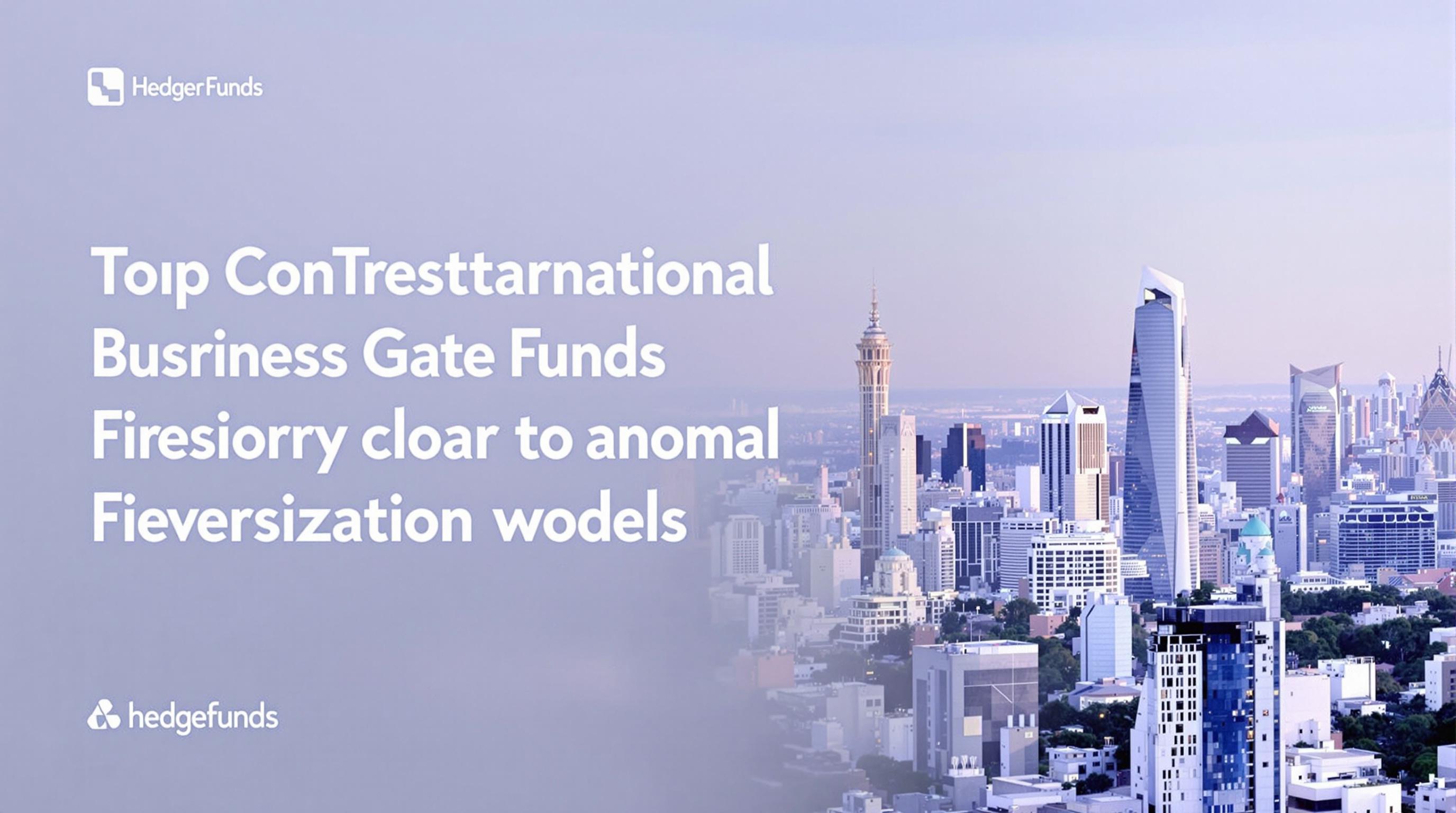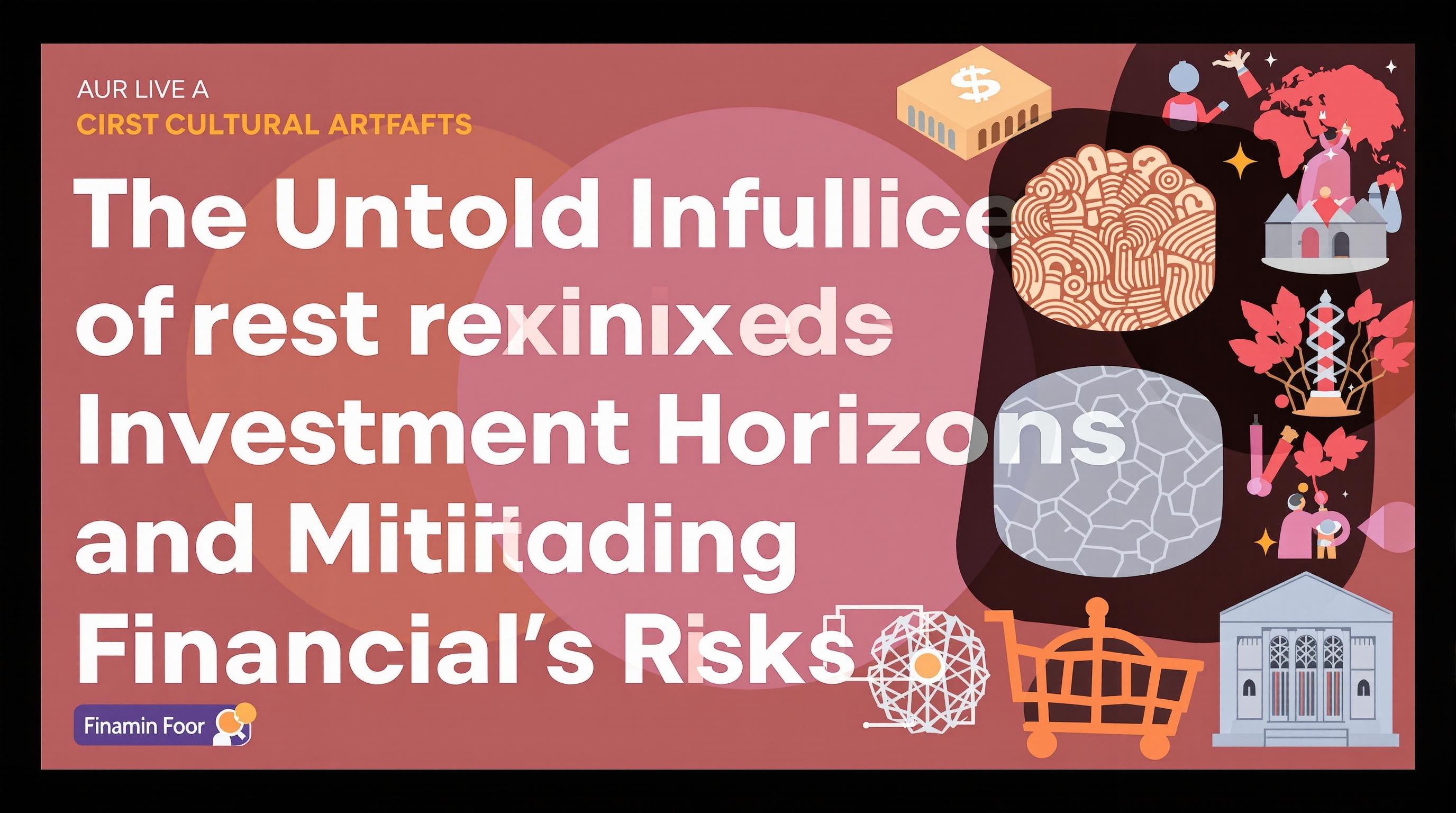Related Articles
- Top 6 Quantitative Hedge Funds Launched Since 2019 That Challenge Traditional Diversification Models
- Top 8 Cutting-Edge Retirement Income Vehicles From the Last Five Years Revolutionizing Financial Freedom
- Uncovering the Role of Behavioral Biases in Roth Conversion Decisions and Their Impact on Long-Term Wealth
- Top 6 Revolutionary Dividend Reinvestment Platforms Launched Since 2019 Redefining Passive Income Growth
- Top 7 Breakthrough Retirement Income Platforms Launched in the Last Five Years Compared and Ranked
- The Untold Influence of Cultural Artifacts on Expanding Investment Horizons and Mitigating Financial Risks
Top 9 Innovative Alternative Assets Launched Since 2019 That Transform Risk and Returns in Modern Portfolios
Top 9 Innovative Alternative Assets Launched Since 2019 That Transform Risk and Returns in Modern Portfolios
Top 9 Innovative Alternative Assets Launched Since 2019 That Transform Risk and Returns in Modern Portfolios
Since 2019, the landscape of alternative investments has witnessed a surge of innovative assets designed to enhance portfolio diversification, optimize risk-adjusted returns, and provide exposure to new market frontiers. Investors increasingly look beyond traditional stocks and bonds, turning to novel alternatives that blend technological advancements with emerging economic trends. This article explores nine cutting-edge alternative assets introduced since 2019 that have begun to reshape modern portfolio construction.
Each section below delves into one of these assets, discussing its origin, unique characteristics, and the ways it addresses the evolving challenges of risk management and return generation. As ever, investors are urged to perform due diligence and consider their individual risk tolerance before diving into these new opportunities.
By integrating some of these alternatives in thoughtfully constructed allocations, portfolio managers and individual investors alike may harness fresh sources of alpha while mitigating traditional market correlations.
1. Fractional Real Estate Investment Trusts (REITs)
Fractional REITs emerged post-2019 as a democratized approach to real estate investing, allowing investors to acquire small fractions of high-quality commercial or residential properties. Unlike traditional REITs that often require substantial minimum investments, digital platforms enable participation with amounts as low as $100, broadening access to real estate's income and appreciation potential.
This innovation substantially improves liquidity compared to direct real estate ownership, as fractions can be traded on secondary markets or held within managed portfolios. Furthermore, fractionalization helps distributors reduce fees by eliminating layers of intermediaries.
According to a 2021 report by Deloitte, fractional REIT platforms have attracted $1.5 billion in investments, indicating strong investor appetite and forecasted growth. By integrating fractional REITs, portfolios gain real asset exposure while benefiting from enhanced flexibility and lower capital thresholds.
2. Tokenized Infrastructure Assets
Blockchain technology has paved the way for tokenized infrastructure assets since 2019, representing everything from toll roads and energy plants to communications networks on digital ledgers. These tokens grant fractional ownership and facilitate efficient transferability, allowing a broader investor base to capitalize on traditionally capital-intensive infrastructure projects.
Tokenization enhances transparency through immutable records, reduces settlement times, and cuts issuance costs, making infrastructure investments more accessible and liquid. The steady cash flows typical of infrastructure complement these benefits by providing consistent income streams that diversify portfolio risk.
For instance, the World Economic Forum highlighted in 2022 that tokenized infrastructure could unlock trillions in underutilized assets worldwide. Incorporating tokenized infrastructure assets may thus offer portfolios stable yield sources combined with technological innovation.
3. ESG-Enhanced Private Credit Funds
Environmental, social, and governance (ESG) considerations have become central to sustainable investing since 2019, leading to the creation of ESG-enhanced private credit funds. These funds lend to companies prioritizing positive ESG practices while targeting attractive risk-adjusted returns beyond public debt markets.
The integration of ESG metrics helps identify borrowers with resilient operations, reducing default risk and aligning investments with broader ethical goals. Moreover, private credit's illiquidity premium can add incremental yield compared to highly liquid fixed income instruments.
According to Preqin’s 2023 data, ESG private credit funds exhibited 20% faster growth than traditional private credit vehicles over the past three years. Such vehicles present a novel approach for fixed income allocations to simultaneously improve portfolio sustainability profiles and financial performance.
4. Climate Risk Sovereign Bonds
Launched post-2019, climate risk sovereign bonds are innovative fixed income instruments designed to fund national projects addressing climate vulnerabilities while offering investors returns linked to climate resilience outcomes. These bonds tie coupon payments or principal adjustments to predefined environmental benchmarks.
By linking sovereign debt instruments to climate metrics, these bonds promote transparency and incentivize governments to implement sustainable policies. Investors gain the potential for attractive returns coupled with meaningful environmental impact.
A 2022 study by Moody’s Analytics showed that climate risk sovereign bonds can reduce portfolio carbon intensity by up to 35% without sacrificing income generation. For portfolios sensitive to climate change and sustainability, these instruments offer an evolving solution blending responsible investing and diversification.
5. Digital Art and NFT Funds
The rise of non-fungible tokens (NFTs) since 2019 has sparked the launch of digital art and NFT funds, aggregating collections of tokenized digital assets into professionally managed portfolios. These funds aim to capitalize on the burgeoning digital art market, which encapsulates creativity, culture, and scarce digital ownership.
While highly speculative and volatile, NFT funds introduce an asset class with low correlation to traditional financial markets. They open new diversification pathways particularly attractive to younger, tech-savvy investors seeking alternative growth drivers.
A 2023 report from Art Basel and UBS revealed that the digital art market grew over 30% annually since 2020, underscoring expanding appetite. Cautious inclusion of NFT funds can complement portfolios but should be balanced against their nascent and unpredictable nature.
6. Green Hydrogen Infrastructure Investments
Green hydrogen has emerged as a front-runner in clean energy innovation, triggering new investment vehicles focused on hydrogen production, storage, and transportation infrastructure since 2019. These investments address the global shift towards carbon neutrality and renewable energy alternatives.
The green hydrogen sector benefits from substantial government backing, technological advancements, and rising demand for decarbonization solutions across industries. As a result, infrastructure assets in this field offer exposure to growth themes with potential for long-term stable cash flows.
According to the International Energy Agency (IEA), green hydrogen investments could grow from less than $1 billion in 2019 to over $30 billion annually by 2030. Incorporating these investments helps modern portfolios align with climate goals while seeking differentiated returns from emerging industries.
7. AI-Powered Hedge Fund Strategies
The proliferation of artificial intelligence (AI) technologies since 2019 has given rise to hedge funds leveraging machine learning algorithms to optimize trading decisions and risk management. These AI-powered strategies exploit vast data sets to uncover subtle market inefficiencies and adapt rapidly to changing conditions.
Compared to traditional discretionary funds, AI-driven funds may offer enhanced return consistency and reduced behavioral biases. Their ability to execute complex, high-frequency strategies opens alternative return streams uncorrelated with classical markets.
A 2023 survey by Preqin found that AI hedge funds outperformed their conventional peers by approximately 3% annually over the previous four years. Including AI-powered strategies can augment portfolio diversification, although investors must carefully evaluate technology risks and model transparency.
8. Climate Resilience Real Estate Funds
Responding to rising awareness of climate-related risks in property markets, climate resilience real estate funds have been launched since 2019 to invest in buildings and locations engineered to withstand environmental stressors such as flooding, hurricanes, and heatwaves.
These funds prioritize assets with adaptive features, superior construction standards, and sustainable certifications, potentially reducing insurance costs and vacancy risk. They aim to deliver steady income with greater durability against physical climate threats.
Research from MIT’s Climate Resilience Lab highlights that resilient properties can command rent premiums and higher occupancy. Integrating such real estate allocations supports portfolios focused on long-term stability amid increasing climate uncertainties.
9. Decentralized Finance (DeFi) Yield Strategies
Decentralized finance (DeFi) platforms have exploded post-2019, presenting new yield generation opportunities through staking, lending, and liquidity provision on blockchain ecosystems. Innovative funds now package DeFi protocols into diversified baskets to manage risk and maximize returns.
DeFi strategies offer highly attractive yields compared to traditional fixed income, albeit with elevated volatility and regulatory uncertainty. They provide exposure to financial innovation and the growing crypto economy.
According to a 2023 Bloomberg report, institutional interest in DeFi yield strategies surged nearly 250% over four years. While these assets should be treated as high risk, they represent an emerging alternative that can complement diversified modern portfolios.
Conclusion
The nine alternative assets launched since 2019 reviewed above demonstrate the ongoing evolution of investment opportunities beyond traditional domains. From fractional real estate and tokenized infrastructure to AI-driven hedge funds and climate resilience vehicles, these innovations tap technological, environmental, and socio-economic trends reshaping risk and return profiles.
While each asset class carries unique risks and requires careful consideration, their thoughtful integration into modern portfolios offers multiple benefits: enhanced diversification, access to new growth sources, improved sustainability alignment, and potential returns uncorrelated with public markets.
As the financial ecosystem continues to innovate rapidly, staying informed about cutting-edge alternative assets and their implications remains paramount for investors seeking to thrive in an increasingly complex world.




